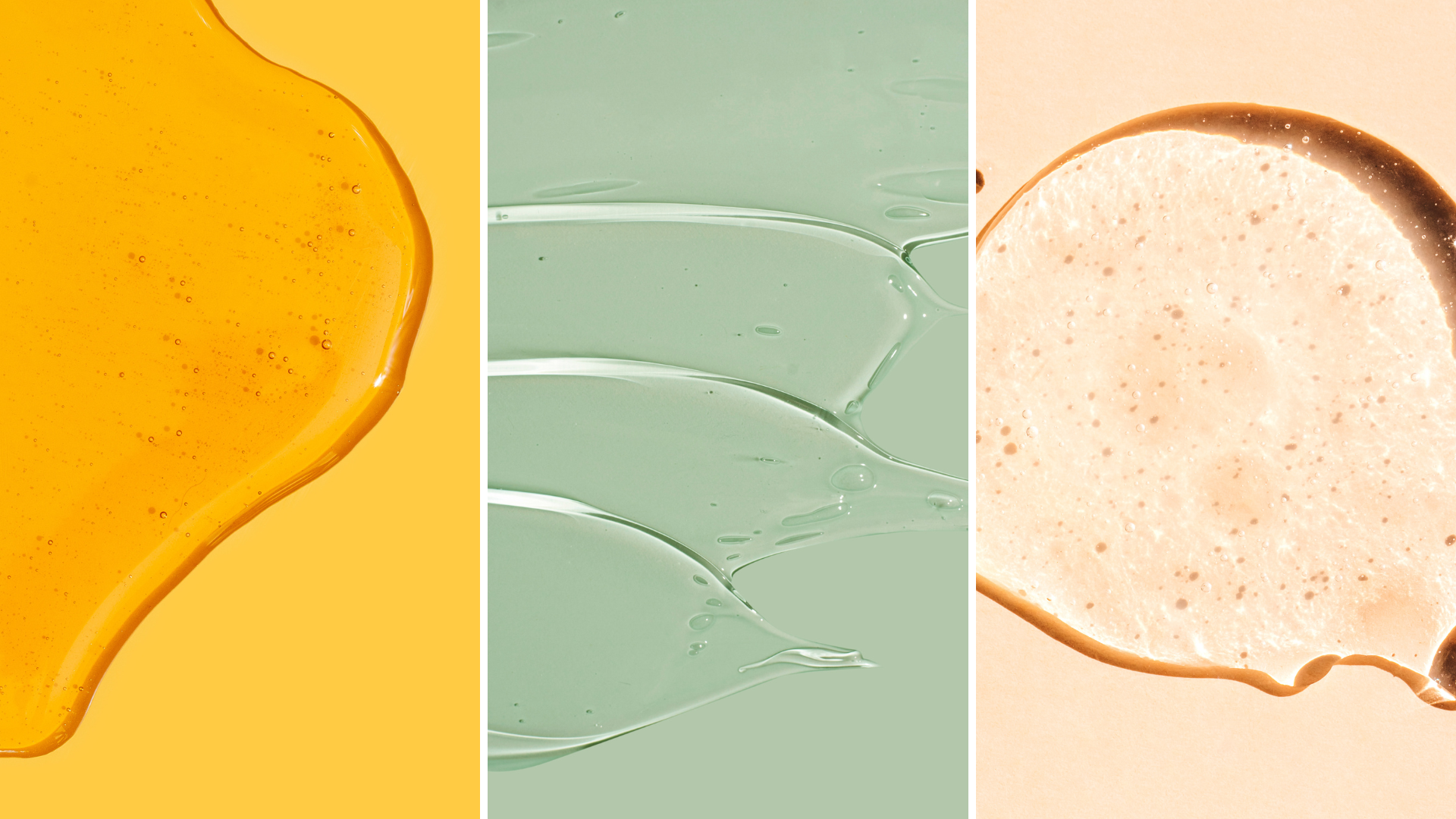The brain and the skin share the same embryonic origin: the ectoblast, the outer layer of embryonic cells that gives rise to both the nervous system and the epidermis.
Our mental health directly influences the health and condition of our skin, while conversely, we can positively influence our mental and emotional states through the topical application of cosmetics. The skin is a kind of extension of the brain, and the two-way communication between these two organs opens up new avenues and possibilities in skin care.
The nervous system of the skin
The skin has three basic layers: the outermost is the epidermis, below which are the dermis and subcutaneous tissue. The outer layers of the skin, with the exception of the stratum corneum (horny layer of the epidermis), are characterised by the highest density of nerve fibres. There are two types of nerve fibres: sensory and motor.
When the nerve endings in the skin, the sensory receptors, are stimulated, we feel touch. These sensory receptors are sensitive to pain, heat and cold. Motor fibres, on the other hand, carry impulses to the blood vessels and hair erector muscles (arrector pili) which are attached to the hair follicles. Stimulation of the vascular nerves can increase or decrease capillary blood flow. When the hair erector muscles contract, the hairs and follicles are pulled upwards, giving rise to what is known as goose bumps.
The skin, as a system for controlling environmental factors (temperature, humidity, etc.) and perception (such as touch), generates impulses that are sent - via mediators - to the nervous system. Examples of mediators are neurotransmitters, which are chemicals naturally synthesised by nerve endings, but also produced by skin cells (keratinocytes, melanocytes, fibroblasts and the like) and the immune system. The release of neuromediators can be triggered by physical, chemical and even emotional stimuli. Among the 200 neuromediators currently known, about 25 are found in the skin, such as neuropeptides.
What are neurocosmetics?
Neurocosmetics influence the sensory nerve endings in the skin, which are sensitive to heat, cold, pain, itch and pressure. These receptors send impulses to the central nervous system. Neurocosmetics do not influence our entire nervous system because they only act locally, where they have been applied.
The first definition of this type of product is attributed to Professor Laurent Misery of the University of Brest (France), who in 2000 described neurocosmetics as "non-absorbed products applied to the skin, which show activity on the cutaneous nervous system or in general effects on cutaneous mediators".
The discussion on this new category of cosmetic products called neurocosmetics was also taken up again in 2007 during the meeting of the New York Society of Cosmetic Chemists (NYSCC). As a result, a new group of cosmetic products was established: products that have the ability to elicit central nervous system reactions in response to a local effect of a cosmetic product.
Active principles of the neurocosméticos
Neurocosmetic ingredients may use the following mechanisms of action:
- Direct interaction with nerve endings in the skin as modulators of neurotransmitter release. Examples include botulinum peptides that promote relaxation of facial muscles to smooth wrinkles, and neuron-inhibiting peptides, especially to reduce the reactivity of hypersensitive skin to environmental factors (temperature changes, air humidity, smog, etc.).
- Modulation of cellular functions as agonists/antagonists of neuropeptide receptors or as modulators of neurotransmitters.
Based on the characteristics of the nerve endings in the skin, researchers began to search for active ingredients that show activity at these nerve endings.
Among the most commonly used neurocosmetic ingredients are:
- Menthol, the main ingredient in peppermint oil (as well as its derivatives, such as Menthyl Lactate), which influences the thermoreceptors, i.e. the receptors responsible for the sensation of cold, and causes a cooling effect despite unchanging ambient temperature.
- Vanillyl butyl ether (VBE), a derivative of vanillin that binds to skin thermoreceptors, producing a long-term warming effect and vasodilation.
- Capsaicin, an alkaloid found naturally in chilli peppers, is responsible for increasing body temperature and vasodilation.
- Certain biomimetic peptides, synthetic compounds structurally similar to endogenous peptides found naturally in the human body, which are responsible for the control of metabolic processes, and which may have a neuromodulatory effect, e.g. botulinum peptides.
Certain plant extracts with neuromodulatory effects.
Wellnes vs neurocosmetics
The concept of psychocosmetology is inextricably linked to cosmetic products as such. The world of cosmetics is increasingly oriented towards a holistic view of beauty. Cosmetics not only contribute to self-esteem, but also to well-being. And although cosmetics are not medicines, they play a key role in promoting health, while the right emotional balance they foster can have a direct impact on the condition not only of our skin, but also of our entire body.
The fascinating and complex link between the skin and the brain has been explored by cosmetic companies for years because of its promising potential.
However, the feeling of pleasure and well-being produced by the application of a cosmetic product with a delicious texture that creates a satisfying sensory experience is often wrongly associated with neurocosmetics. Indeed, the molecules synthesised in the brain are the same as those used by the cutaneous nervous system for cellular communication, but the ability to regulate complex phenomena such as mood is often misclassified as neurocosmetics. Neurocosmetics is exclusively concerned with local activity with a reaction on the central nervous system.

